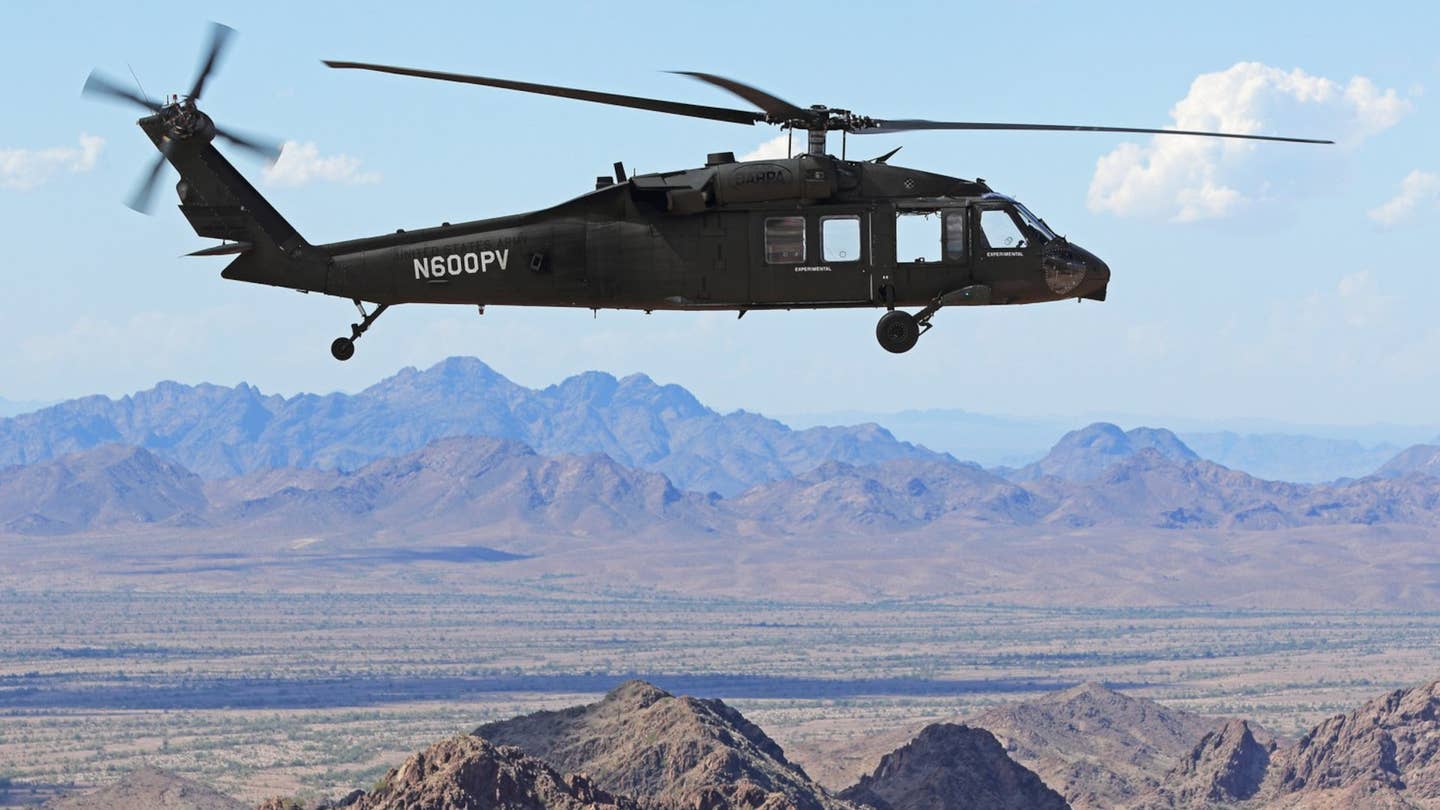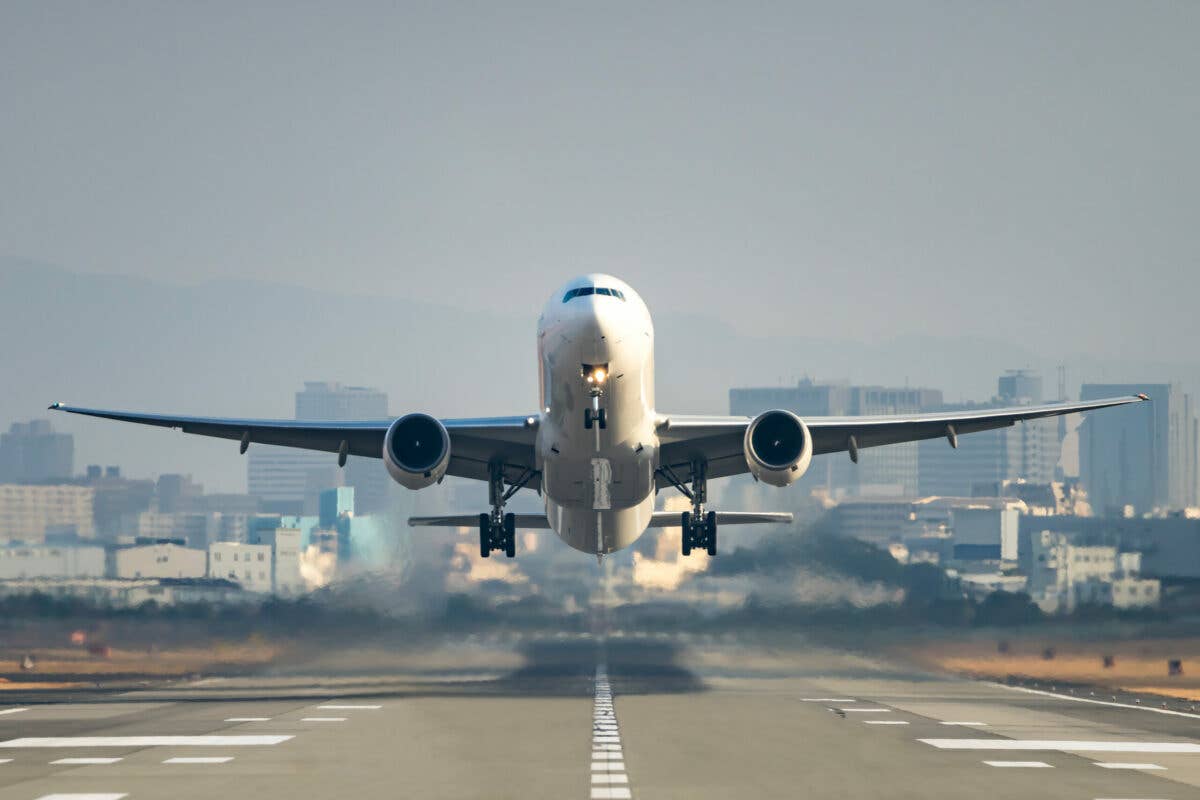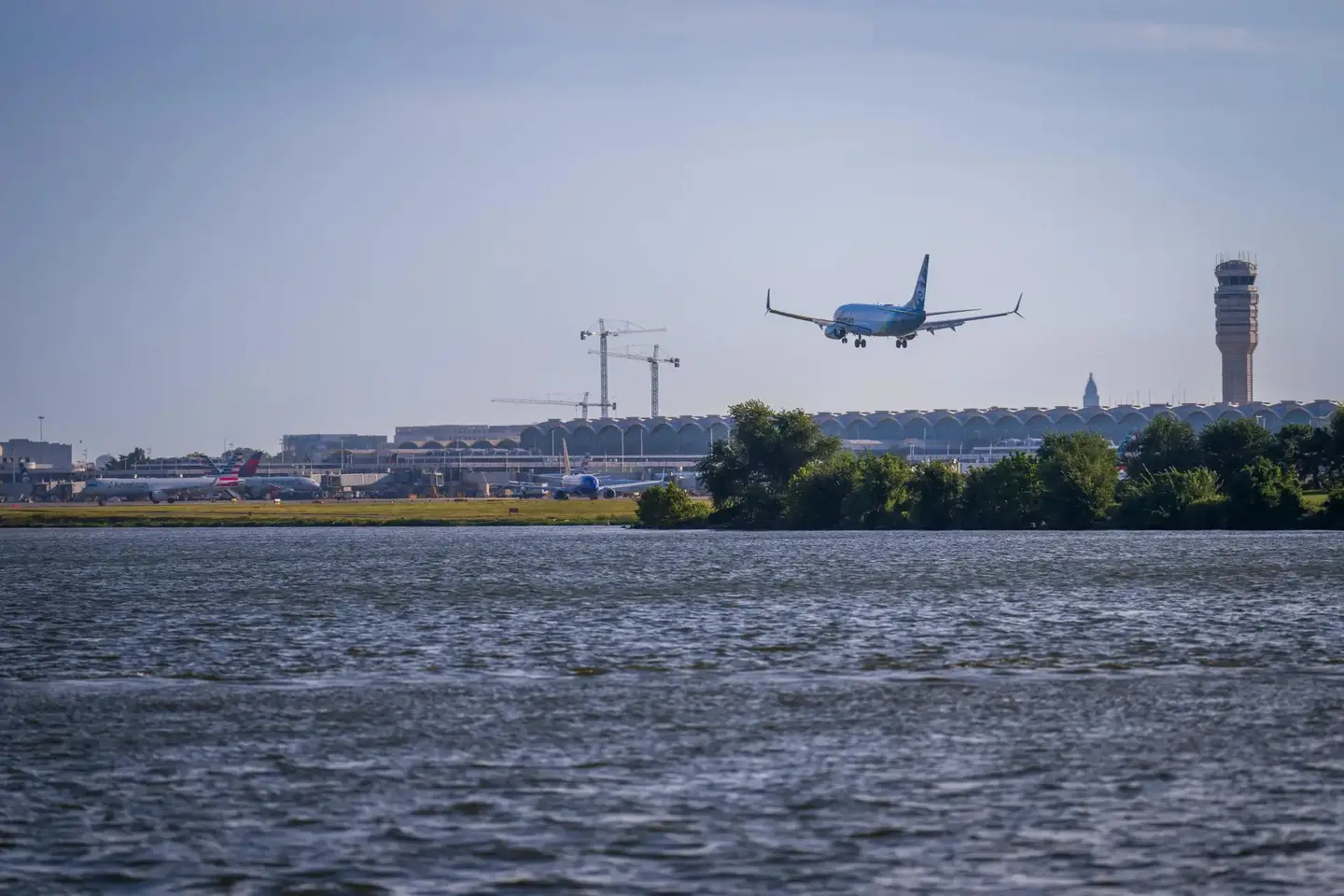Sikorsky Partners with Startup Rain to Remove Pilots from Firefighting Helicopters
The Lockheed Martin-owned helicopter manufacturer will allow Rain to install autonomous systems on board its optionally piloted Black Hawk.

Sikorsky’s Optionally Piloted Black Hawk helicopter with the Matrix autonomy system demonstrates contested logistics
resupply without humans on board at the U.S. Army’s Yuma Proving Ground, October 2022.[Courtesy: Rain]
Correction: The Matrix autonomy suite is a product of Sikorsky, not Rain, as an earlier version of this story stated.
In Maui, firefighting pilots came to the rescue when wildfires decimated the Hawaiian island last month. But they could soon face stiff competition from autonomous helicopters.
Rain, an autonomous aviation startup looking to fight fires with uncrewed aircraft, on Wednesday announced a collaboration with helicopter manufacturer Sikorsky to add the Lockheed Martin subsidiary’s optionally piloted Black Hawk to its fleet. The partnership promises to enable autonomous, rapid response capabilities for aerial wildland firefighting—and reduce the cost of suppressing the blazes.
Rain will use Sikorsky's Matrix autonomy suite and its own Wildfire Mission Autonomy System to beam mission commands to an uncrewed Black Hawk. These systems integrate with early wildfire detection networks to dispatch the autonomous aircraft, allowing flames to be doused with water within minutes of detection. That’s crucial considering the blazes can spread extremely fast.
“Matrix executes a full mission plan by taking into account mission goals and constraints, aircraft performance, obstacles, weather, and topography,” said Igor Cherepinsky, director of Sikorsky Innovations. “The system is fully integrated with the flight controls, allowing the aircraft to fly with high levels of autonomy in all environmental conditions.”
Rain’s Wildfire Mission Autonomy System gives fire agencies rapid response capabilities to fight ignitions in hard-to-reach areas or varied terrain, increasing coverage. The onboard system identifies and locates fires in real time, develops a suppression strategy, and plans a flight path and drop timing to ensure the suppressant hits its target—all on its own.
Throughout the mission, the system also shares intelligence and plans, giving firefighters situational awareness and oversight.
The Matrix system, meanwhile, is at the core of the Defense Advanced Research Projects Agency’s (DARPA) Aircrew Labor In-cockpit Automation System (ALIAS) project. The initiative seeks to “exponentially improve” flight safety and efficiency of rotary and fixed-wing aircraft.
Already, Matrix has been tested on 10 different aircraft, including a demonstration flight on an uncrewed UH-60 Black Hawk last year. The autonomy suite fits into both rotorcraft and fixed-wing aircraft, as well as existing and new build applications.
Rain and Sikorsky will attempt to use the system to solve a problem that appears to have no answer in sight.
“What we are seeing is a dramatic increase in extreme fire behavior,” said California Department of Forestry and Fire Protection chief Jon Heggie.
Indeed, wildfires are on the rise in recent years, according to the U.S. National Interagency Fire Center (NIFC). But could autonomous aircraft help reverse the course? According to Rain, Black Hawks are a favored helicopter for firefighting fleets because they can weather difficult conditions while carrying heavy payloads—as much as 9,000 pounds using an external sling.
The Black Hawk fleet is also numerous and well-staffed As of January, Sikorsky had produced 5,000 of them, with a wide pool of highly trained pilots and technicians chomping at the bit to fly them.
In a simulation, Rain found that a network of some 200 Rain Stations—which serve as the company’s hangars and ground control facilities—housing uncrewed aircraft like the optionally piloted Black Hawk could one day end catastrophic wildfires in California. The company admitted it’s an ambitious goal, but it hopes to reach the milestone by the end of the decade.
The NIFC also reported that wildfire suppression costs have been on the rise since the 1990s. But the inflated costs have not resulted in fewer blazes—in fact, the opposite is true.
However, Rain estimated that a nationwide network of stations in high and extreme wildfire regions would eliminate between $149 billion and $348 billion in annual costs attributed to fighting wildfires.
At the same time, though, the company’s autonomous model could have the effect of shutting out firefighting pilots from the industry. That day will not arrive soon, since autonomous aircraft are still in development and likely years away from being widespread. It may never arrive at all. But the potential for savings and efficiency could certainly lure some firefighting organizations to uncrewed aircraft.
For Sikorsky—which will reportedly lay off nearly 180 workers in its business segment this fall—the collaboration follows a massive, $2.7 billion contract to deliver 35 CH-53K King Stallion heavy-lift helicopters to the U.S. Navy in 2026. The manufacturer also nabbed a $650 million Air Force contract to upgrade the capabilities of the department’s HH-60W combat rescue helicopters.
Like this story? We think you'll also like the Future of FLYING newsletter sent every Thursday afternoon. Sign up now.

Sign-up for newsletters & special offers!
Get the latest FLYING stories & special offers delivered directly to your inbox






